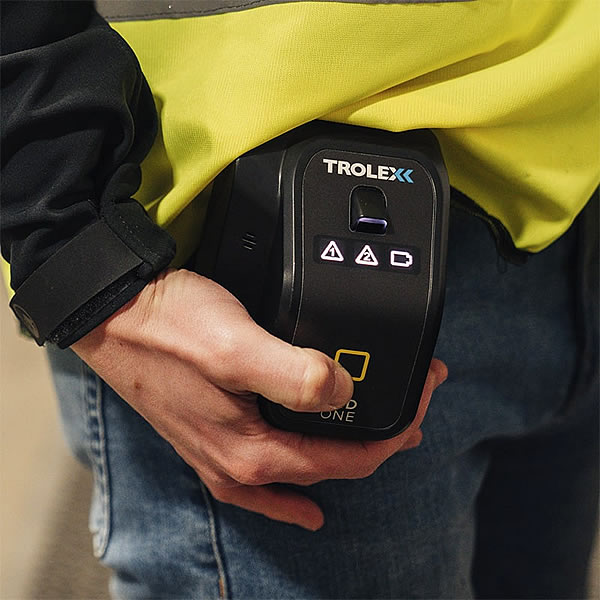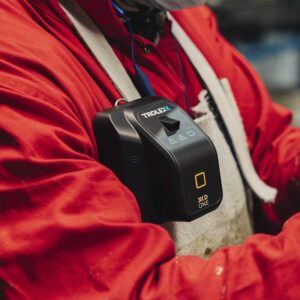-
 Personal Dust Monitor – XD OneFrom $2.906,40 (Ex. VAT/GST)
Personal Dust Monitor – XD OneFrom $2.906,40 (Ex. VAT/GST)
Dust Monitoring in the workplace
Controlling dust in the workplace is currently one of the single biggest issues in Health and Safety and can be a problem in any industry. Exposure to dust can cause several serious health issues including COPD, lung and skin cancer, asthma and other respiratory issues.
The hazards of dust in the workplace are well recognised, with the HSE producing specific guidance on dealing with hazardous dust such as silica, wood, asbestos, and other dangerous substances.
It is important to note that different forms of the same substance may present other hazards. For example, a large piece of a solid may present a negligible hazard, but it may become hazardous when ground into a dust.
What work activities may create dust?
Many work activities can create dust. These include but are not limited to:
- Weighing loose powders
- Filling bags or emptying them into skips/containers
- Cutting (e.g., paving stones)
- Crushing and grading
- Clearing up spillages
Who is most at risk?
Workers exposed to dusty environments, such as stonecutting and quarry work, are at a greater risk of developing respiratory illnesses, such as asthma and pneumonia, and visual disturbances, which can impact their quality of life.
Other workers at risk include those in the fire rescue services, where asbestos inhalation is a hazard, people working in catering roles where flour dust is airborne, and woodworkers who are exposed to fine wood dust particles, amongst many other roles.
What does the law say about controlling dust?
Dust is classed as a substance that is hazardous to health under the Control of Substances Hazardous to Health Regulations (COSHH) (2002).
The definition of a substance hazardous to health includes dust of any kind present at a concentration in air greater than 10mg/m3 (as a time-weighted average over 8-hours) of total inhalable dust. The limit for respirable dust is 4mg/m3 (as a time-weighted average over 8-hours).
The COSHH Regulations require employers to assess the risk to their employees and prevent or adequately control employees’ exposure to these substances.
Employers should make a suitable and sufficient assessment of the risks to health from the dust(s) concerned and the steps that need to be taken to meet the requirements and should provide employees and other people on premises with suitable and sufficient information, instruction, and training.
Prevention and control
Prevention of exposure to dust should be an employer’s first objective, as many forms of dust can be eliminated from the workplace.

Use the XD-One to measure and control personal exposure to dust in the workplace.
Where it is not reasonably practicable to prevent exposure to dust, a combination of engineering and process controls may be appropriate, but ensuring you’re using the right combination is crucial.
Methods for controlling dust include:
- Segregating or enclosing the dusty processes to reduce the number of people exposed
- Providing extraction where total enclosure is not possible
- Damping down materials where the process permits it
- Minimising the height that material is allowed to fall
- Encouraging workers to work with care and instructing them how to control the dust produced by their activities
Personal Protective Equipment (PPE), which is inclusive of protective clothing and respiratory protective equipment (RPE), may be provided for welfare purposes, but its use as part of your organisations’ strategy for controlling exposure should only be considered when all other reasonably practicable measures have been taken.
You can find out more about dust exposure in the workplace and controlling exposure in the HSE’s ‘Dust in the workplace: General principles of protection’ guidance note.


